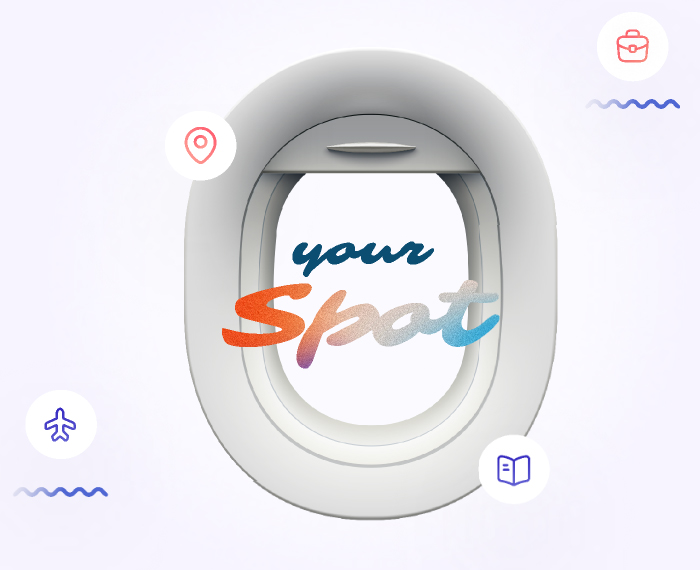


Canada has introduced a new Education category under the Express Entry system to attract skilled professionals in education. Announced on February 27, 2025, this category aims to address labour shortages in schools and childcare centers nationwide.
The Education category allows eligible candidates to participate in unique draws for permanent residency (PR). These draws often have lower CRS score requirements, making it easier for qualified applicants to apply.
The new pathway is an excellent opportunity for educators looking to start a new life in Canada.
In this article, we will explore the occupation list in the education category, how to check if your work experience qualifies, and how these draws work.
The new Education category under Canada's Express Entry system includes the following occupations. Each job listed below is categorized by their National Occupational Classification (NOC) codes and Training, Education, Experience, and Responsibilities (TEER) levels:
Job Title | NOC Code | TEER Level |
Elementary and secondary school teacher assistants | 43100 | 3 |
Instructors of persons with disabilities | 42203 | 2 |
Early childhood educators and assistants | 42202 | 2 |
Elementary school and kindergarten teachers | 41221 | 1 |
Secondary school teachers | 41220 | 1 |
Each NOC code represents various job titles, broadening the eligibility for applicants.
For instance, those working as educational assistants or special education aides may qualify under the NOC for teacher assistants.
Are you confused about whether your work experience is eligible for the education category under Canada's Express Entry system?
Then, to determine if you qualify, you may follow these steps:
Ensure that you have an active and valid Express Entry profile. This is essential for being considered for immigration pathways.
You must have at least six months of full-time work experience (or an equivalent amount of part-time experience) within the last three years. This experience should be in a single occupation that qualifies under the education category.
Identify the National Occupational Classification (NOC) code that best describes your work experience. You must confirm that this NOC code falls under one eligible education occupation in the new Education category.
The NOC system is designed to classify jobs based on skills, responsibilities, and industry, and finding the right match is key to checking your eligibility for Canada's Express Entry education category.
Determining the proper NOC code for your work experience might seem to be tricky.
IRCC has created tools to make this process easier for you. Following a few steps, you can easily identify the NOC code and job title that best aligns with your professional experience.
Once you have the correct code, you can confirm whether your occupation qualifies under the Education category. You may find the details here.
We will outline the steps to find your NOC code and confirm its relevance to your work experience.
When applying for immigration to Canada, one of the key tasks is matching your work experience to the proper National Occupational Classification (NOC) code. This code helps categorize your profession and ensures your application is processed correctly.
The Government of Canada has provided tools to make this easier.
Let's find out how to do it step by step.
For more information, you may visit the Employment and Social Development Canada (ESDC) webpage.
The Express Entry system is one of the most popular and fastest pathways for skilled workers planning to immigrate to Canada.
While general draws invite candidates from all programs, category-based draws focus on specific occupations, such as those in the education sector.
Express Entry system manages three immigration programs:
To participate in the draw, you must meet the eligibility criteria for at least one program and submit an Express entry profile.
Upon submission, you will obtain a Comprehensive Ranking System (CRS) score based on age, work experience, education, and language proficiency.
Express Entry draws occur roughly every two weeks and can be categorized into different types:
Category-based draws often have lower CRS score cut-offs due to the smaller pool of eligible candidates.
To qualify for education category-based draws:
Candidates who meet these criteria will enter the Express Entry pool. They will be considered for all applicable draw types in the future.
After a category-based draw, ITAs are issued based on the following conditions:
If selected, you will receive an ITA. Within 60 days, you must submit a complete PR application with all required documents to IRCC.
Category-based draws are beneficial because they focus on specific occupations, often resulting in lower CRS score thresholds.
This makes them an excellent opportunity for skilled workers in targeted fields like education to secure PR more quickly than through general or program-specific draws.
By understanding how these draws work and updating your profile with relevant work experience, you can improve your chances of receiving an ITA and achieving your goal of immigrating to Canada!
At ImmiLaw Global, we understand that the Express Entry process can be overwhelming. S we're here to help you every step of the way. From creating your Express Entry profile to navigating the immigration system, our team provides the support and expertise you need to make your journey to Canadian permanent residency as smooth as possible.
Contact us for a detailed consultation and personalized guidance.
Read to know: New PGWP Rules: Canada Eliminates the Field-of-Study Restrictions